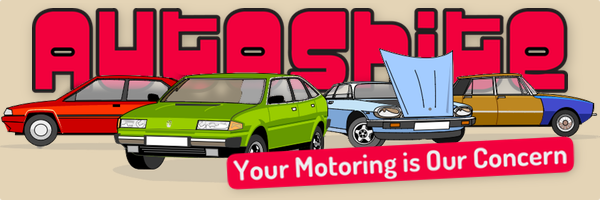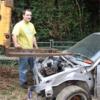Renault 6TL "Crapaud"
-
Similar Content
-
Renault day
By bigstraight6,
- 3 replies
- 621 views
-
Renault life. 1 2 3 4
By Brigsy,
- 110 replies
- 13,390 views
-
LCBL - Renault Avantime 1 2
By Patent,
- 30 replies
- 2,456 views
-
- 525 replies
- 75,798 views
-
GSAMi / Renault rally today
By richardmorris,
- 8 replies
- 916 views
-



.thumb.jpg.47d8f39fccbbb9c2a0c1a52b7075d279.jpg)


Recommended Posts
Create an account or sign in to comment
You need to be a member in order to leave a comment
Create an account
Sign up for a new account in our community. It's easy!
Register a new accountSign in
Already have an account? Sign in here.
Sign In Now